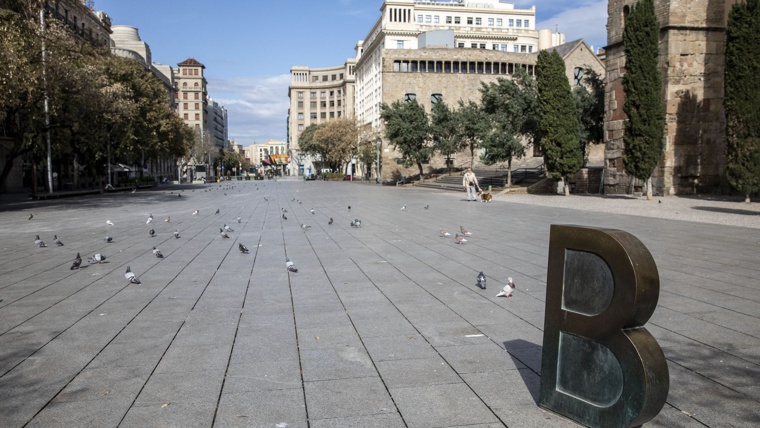The top 3 must-see activities just steps from our hotels
We’ve handpicked the top 3 activities for you to fully enjoy our fiesta major and immerse yourself in the best of our cultural traditions: the sardanas, the castells, and flamenco—the latter being more typical of Andalusia.
1. Opening sardanas: Cobla Sant Jordi – Ciutat de Barcelona at Avinguda de la Catedral
Tuesday 23rd: 7:00 pm to 8:45 pm
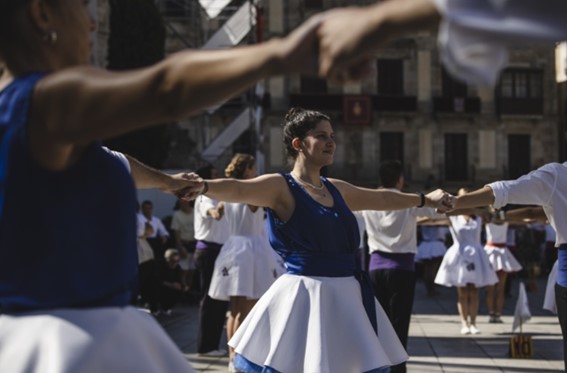
The sardana, considered the traditional dance of Catalonia, is much more than a dance—it’s a symbol of unity and community. People hold hands in a circle and move to the rhythm of the cobla, a traditional Catalan wind ensemble accompanied by double bass, made up of twelve instruments played by eleven musicians.
2. Castellers day of La Mercè – Plaça de Sant Jaume
Wednesday 24th: 1:00 pm to 3:00 pm
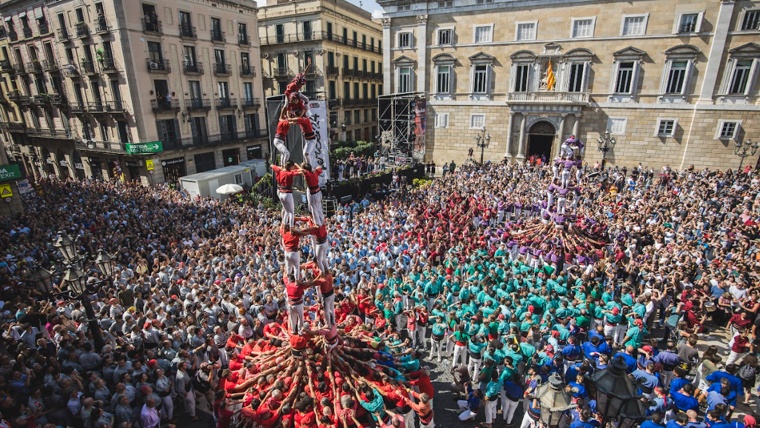
The castells, or human towers, are one of the most awe-inspiring expressions of Catalan culture. These multi-tiered towers rise in the middle of the square during the festivities. To build them, men and women of all ages work together, train all year long, and support each other in a remarkable show of trust and collective strength.
The base, known as the pinya, is made up of family, friends, and even bystanders who join in to support the structure. The result is a living symbol of community and solidarity—so exceptional that in 2010, Unesco declared castells an intangible cultural heritage of humanity.
3. “Rocío Márquez” concert – experimental flamenco – Avinguda de la Catedral
Tuesday 23rd: 10:30 pm to 11:30 pm
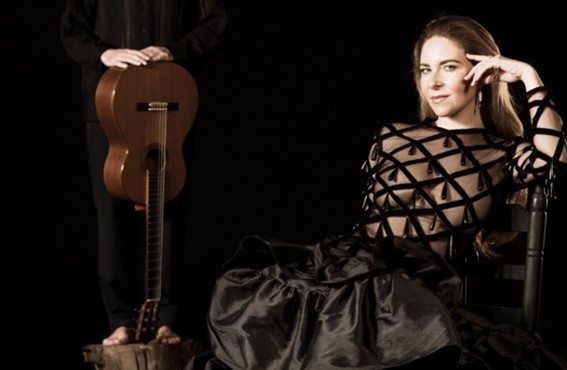
Rocío Márquez represents the most innovative side of flamenco singing. Originally from Huelva, she’s an artist with over thirty years of experience and extraordinary vocal talent. She began her career in traditional flamenco, winning the prestigious Lámpara Minera award at the 2008 Festival Internacional del Cante de las Minas, before embarking on a bold and rigorous path of artistic experimentation.
The Virgin of La Mercè: patron saint of Barcelona
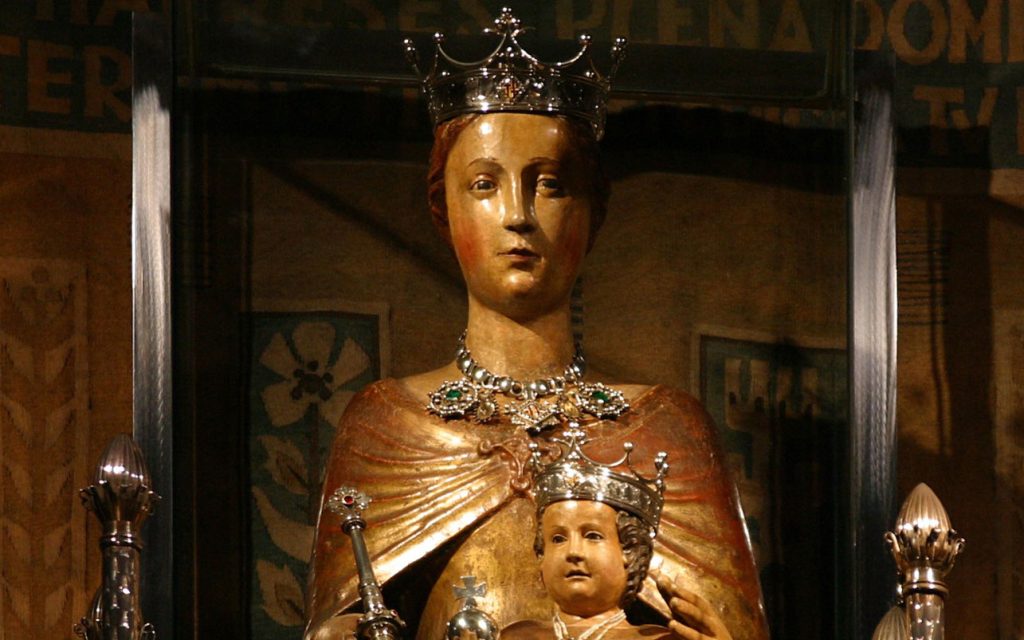
The Virgin of La Mercè, also known as Our Lady of Mercy, is the patron saint of Barcelona, and her feast day is celebrated every September 24th.
Her devotion dates back to 1218, when the Virgin Mary is said to have appeared in the city to three key figures: Peter Nolasco, founder of the Order of Mercy; King James I of Aragon; and Berenguer de Palou, bishop of Barcelona. According to tradition, the Virgin asked them to create a religious order dedicated to the redemption of captives, leading to the foundation of the Order of Mercy, which was officially recognized by the pope in 1235.
Since then, the city has maintained a deep connection with this Marian devotion, which symbolizes mercy, freedom, and a commitment to the most vulnerable—making her the rightful patroness of Barcelona.
The full La Mercè 2025 program
With so many activities scheduled, we recommend visiting the official website for the complete program here.

